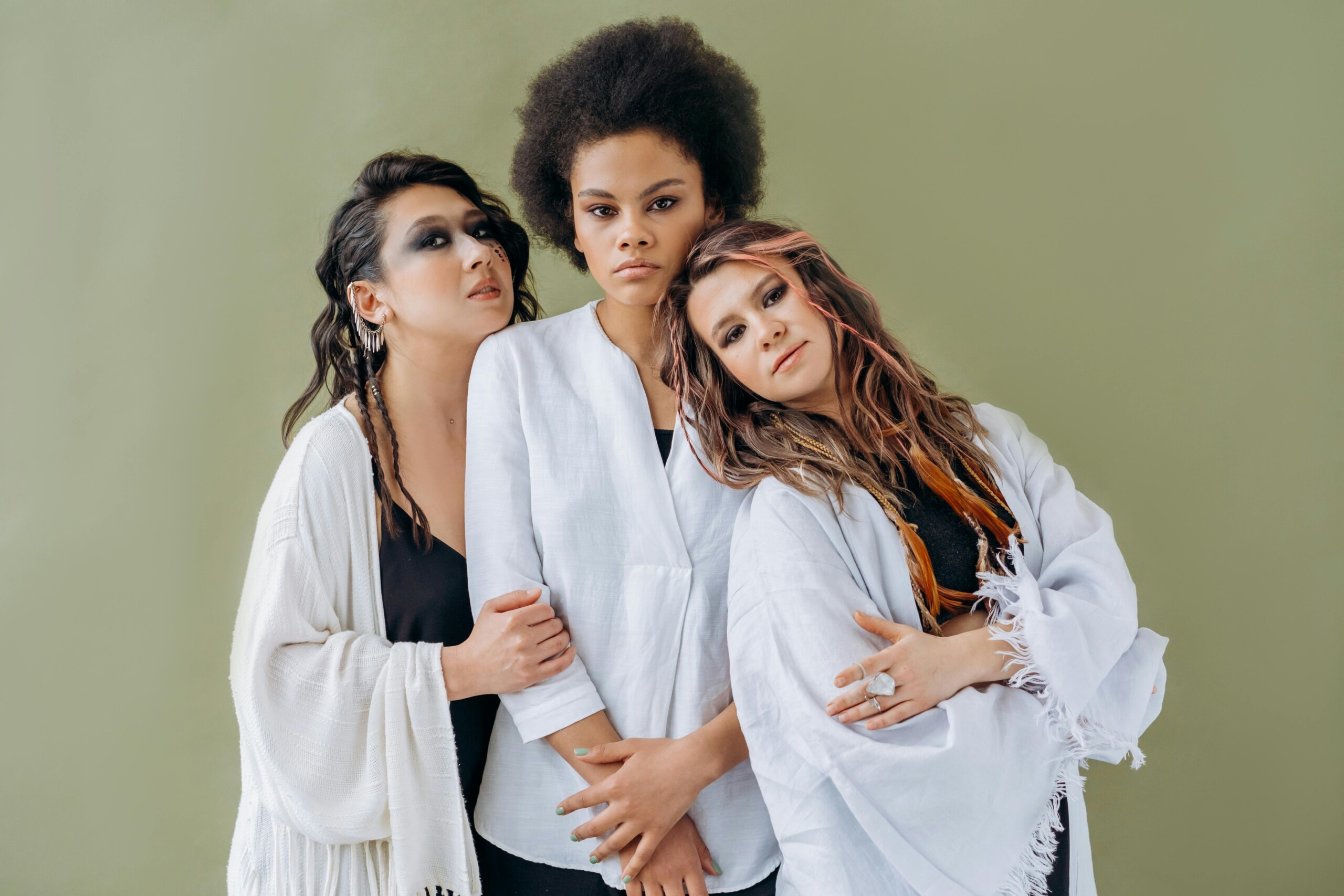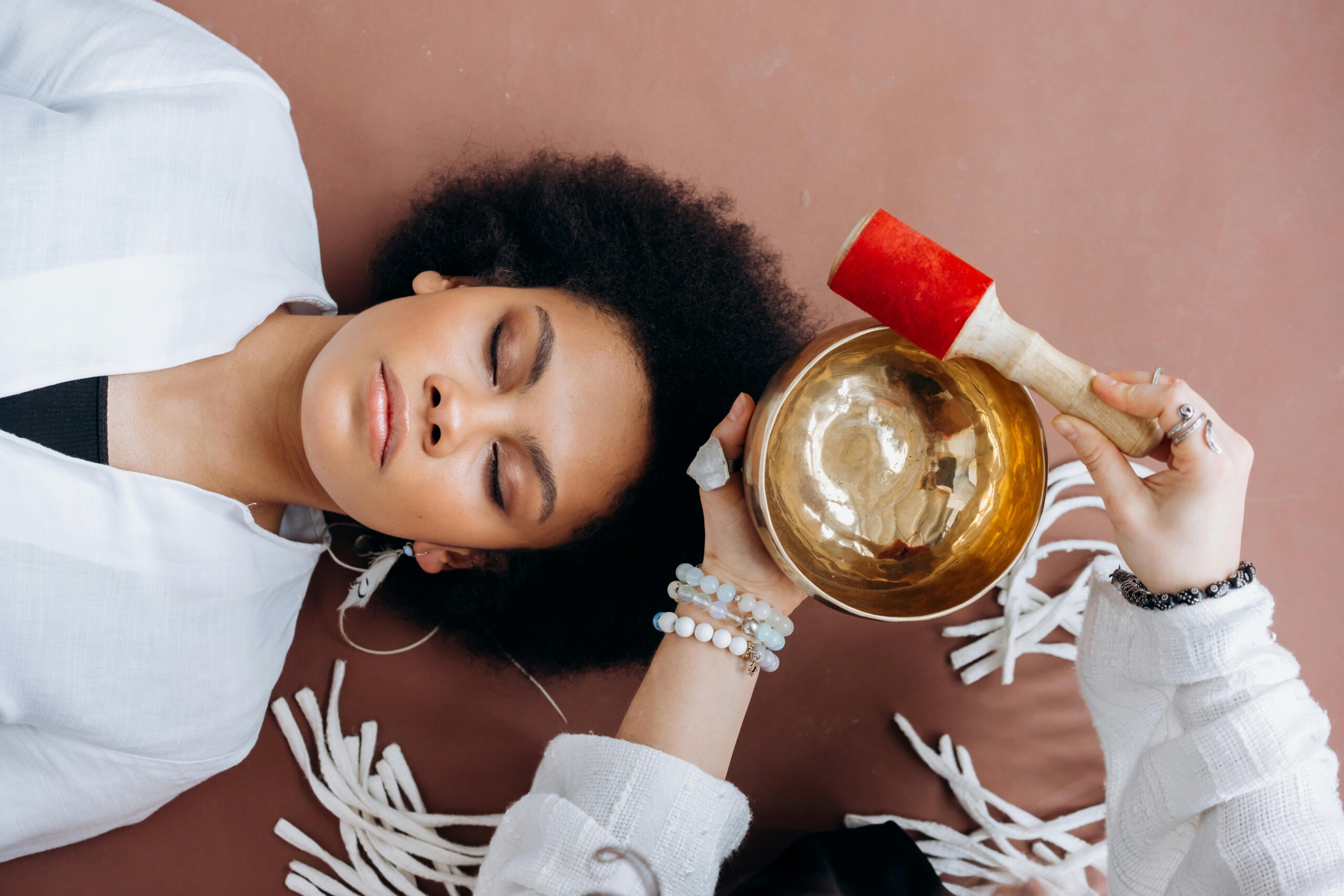In every era, in every civilization, and on every continent, the world has paused—if only for a second—to acknowledge the profound impact of a woman’s youth and beauty. It’s not just about skin-deep charm or fleeting appearances. The youth and beauty of a woman have shaped art, culture, desire, wars, politics, and even entire revolutions. But more importantly, they’ve influenced how societies function, how women are treated, and how women see themselves.
What Makes Beauty So Powerful?
There’s no denying that the visual power of a woman has long been both celebrated and scrutinized. From Helen of Troy, whose beauty “launched a thousand ships,” to modern-day icons on runways and screens, youth and beauty remain two of the most talked-about—and monetized—assets in the world. But what exactly is this power? Is it influence? Is it presence? Is it control?
The Social Currency of Youth and Beauty
At its core, the beauty and youth of a woman hold emotional, social, and psychological currency. They turn heads, open doors, and create opportunities. Studies have shown that attractiveness can impact everything from job interviews to political elections. Youth, paired with the vitality and ambition it brings, often carries with it a sense of possibility—a blank canvas on which futures are painted.
True beauty in a woman is reflected in her soul.
Audrey Hepburn
The Dark Side of Idealization
But this power is not without its complications. In a world obsessed with external validation, youth and beauty can become a woman’s introduction—sometimes her only introduction. And while the world often places women on pedestals during their most youthful years, it can be quick to forget or sideline them as time moves on. This has led to pressure, comparison, and an entire industry built around preserving youth at all costs. Anti-aging creams, Botox, filters, and Photoshop aren’t just products or tools—they are cultural responses to a world that equates female worth with youthful appearance.
In a world obsessed with external validation, youth and beauty can become a woman’s introduction—sometimes her only introduction. And while the world often places women on pedestals during their most youthful years, it can be quick to forget or sideline them as time moves on. This has led to pressure, comparison, and an entire industry built around preserving youth at all costs. Anti-aging creams, Botox, filters, and Photoshop aren’t just products or tools—they are cultural responses to a world that equates female worth with youthful appearance.


Beauty Is Power—And Youth Is Her Secret Weapon
Yet, beauty remains one of the most powerful forces of connection. It moves people. It inspires poetry, paintings, and passion. But true beauty—the kind that changes rooms, influences lives, and transforms narratives—isn’t confined to symmetry or smooth skin. It’s a combination of expression, confidence, energy, and presence.
Youth, similarly, is not just about age. It’s about spirit. There are women in their 50s, 60s, and beyond who radiate youth in the way they think, live, and move through the world. What we call “youth” is often just curiosity, courage, and resilience wrapped in fresh skin. So, while the world may be dazzled by appearances, the deeper power lies in the energy behind it.
From Objectification to Empowerment
Beauty is how you feel inside, and it reflects in your eyes. It is not something physical.
Sophia Loren
The real conversation, then, isn’t about whether a woman’s youth and beauty are powerful—they are. It’s about how we acknowledge, respect, and reframe that power. Instead of reducing it to objectification, it’s time to recognize it as an opening—not an endpoint. Beauty can command attention, but what a woman does with that attention is where the true strength lies.
As author and activist Naomi Wolf noted, “A woman’s beauty is not superficial. It’s a force.” And when youth, beauty, and purpose align, they can shake the world. They can lead nations, start movements, and rewrite narratives.
So yes, the youth and beauty of a woman might just be one of the world’s most recognized forms of power. But it’s not the makeup or the mirror that makes it so—it’s the mind, the presence, and the fire behind the face that leaves a lasting mark.
Because what charms the eye may pass, but what moves the soul—that is a power time cannot touch.







